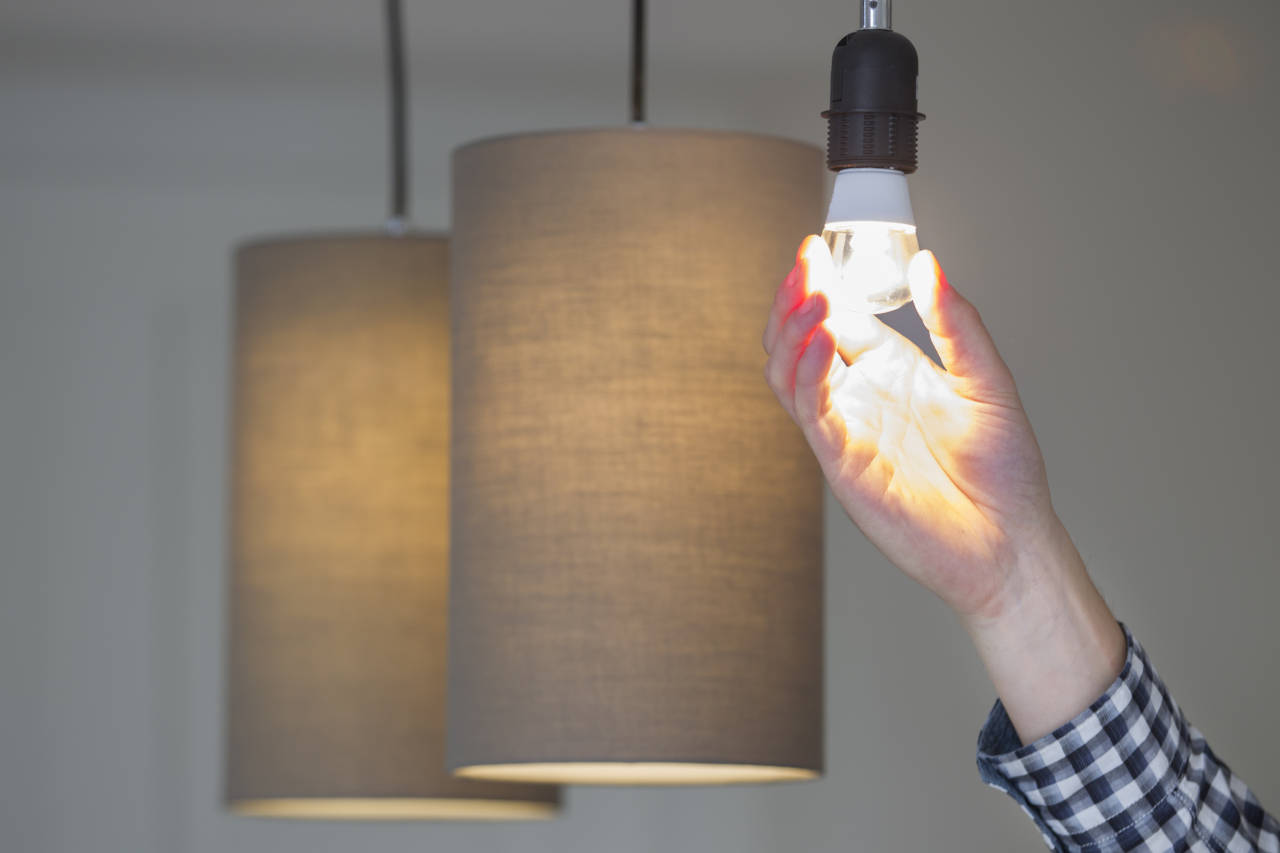

Articles
How Much Does An LED Bulb Cost Per Hour
Modified: August 17, 2024
Looking for articles about the cost of LED bulbs per hour? Find out how much you can save with energy-efficient lighting options.
(Many of the links in this article redirect to a specific reviewed product. Your purchase of these products through affiliate links helps to generate commission for Storables.com, at no extra cost. Learn more)
Introduction
LED (Light Emitting Diode) bulbs have become increasingly popular in recent years as a more energy-efficient and long-lasting lighting option. One of the key factors that people consider when choosing a light bulb is the cost of operation. Understanding how much an LED bulb costs per hour can help consumers make informed decisions about their lighting choices.
In this article, we will explore the factors that affect the cost of operating an LED bulb per hour, calculate the actual cost, compare it with other bulb types, discuss the energy savings potential of LED bulbs, and provide insights into choosing the right LED bulbs for your needs.
LED bulbs are known for their energy efficiency. They use significantly less electricity compared to traditional incandescent and even compact fluorescent (CFL) bulbs. This is primarily because LED bulbs convert more of their energy into light rather than heat, resulting in lower energy consumption. However, the actual cost per hour of operating an LED bulb can vary based on several factors.
The first factor to consider is the wattage of the LED bulb. LED bulbs are available in a range of wattages, from 3 watts to 20 watts or more. The higher the wattage, the more energy the bulb will consume, and thus the higher the cost per hour.
Another factor is the local electricity rate. The cost of electricity can vary depending on your location and the rates set by your utility provider. It is important to check your electricity bill or contact your provider to determine the exact cost per kilowatt-hour (kWh) in your area.
The number of hours the LED bulb is used per day is also a crucial factor. The more hours the bulb is in operation, the higher the cost per hour will be. For example, if you use a 10-watt LED bulb for 5 hours a day, the cost will be lower compared to using the same bulb for 10 hours a day.
Additionally, factors such as dimmable capability, color temperature, and special features like motion sensors or smart lighting technology can affect the cost per hour of operating an LED bulb.
Now that we understand the factors that influence the cost of operating an LED bulb per hour, let’s move on to calculating the actual cost and comparing it with other bulb types.
Key Takeaways:
- LED bulbs offer significant energy savings, longer lifespan, and lower operating costs per hour compared to traditional incandescent and CFL bulbs, making them a cost-effective and sustainable lighting option.
- Factors such as wattage, color temperature, and dimmability should be considered when choosing LED bulbs to maximize energy efficiency, achieve desired lighting effects, and make informed purchasing decisions.
Read more: How Much Is Landscaping Per Hour
Factors Affecting LED Bulb Cost per Hour
The cost of operating an LED bulb per hour is influenced by several factors. Understanding these factors can help you make informed decisions when choosing LED bulbs and managing your energy consumption. Here are the key factors that affect the cost per hour:
- Wattage: The wattage of an LED bulb determines the amount of electricity it consumes. Higher wattage bulbs tend to have a higher cost per hour. It is important to choose LED bulbs with the appropriate wattage for your lighting needs.
- Electricity Rate: The cost of electricity varies depending on your location and the rates set by your utility provider. It is essential to check with your provider to determine the exact cost per kilowatt-hour (kWh) in your area.
- Usage Hours: The number of hours you use the LED bulb per day directly affects the cost per hour. The longer the bulb is in operation, the higher the cost. Consider your lighting requirements and usage patterns to estimate the number of hours you will use the bulb daily.
- Dimming Capability: Some LED bulbs have dimming capabilities, allowing you to adjust the brightness. Dimming the bulb can help lower the energy consumption and cost per hour when you require less brightness.
- Color Temperature: LED bulbs come in various color temperatures, measured in Kelvin (K). The color temperature affects the perceived brightness and the intensity of the light emitted. Different color temperatures may have slightly different energy consumption levels, which can impact the cost per hour.
- Special Features: LED bulbs can come with special features like motion sensors, timers, or smart lighting technology. These features may increase the upfront cost of the bulb but can provide additional energy-saving benefits, reducing the cost per hour in the long run.
It is important to consider these factors when selecting LED bulbs for your lighting needs. By choosing the appropriate wattage, being aware of your local electricity rate, and understanding your usage patterns, you can estimate the cost per hour and make energy-efficient choices.
Next, let’s move on to calculating the actual cost of operating an LED bulb per hour.
Calculation of LED Bulb Cost per Hour
Calculating the cost of operating an LED bulb per hour is a straightforward process. It involves considering the wattage of the bulb, the local electricity rate, and the number of hours the bulb is used. Here’s a step-by-step guide to calculating the actual cost:
- Identify the wattage of the LED bulb: LED bulbs are available in various wattages, ranging from 3 watts to 20 watts or more. Check the packaging or specifications of your LED bulb to determine its wattage.
- Determine the local electricity rate: Contact your utility provider or check your electricity bill to find the cost per kilowatt-hour (kWh) in your area.
- Estimate the number of hours the LED bulb will be used: Consider your lighting requirements and usage patterns to estimate the daily usage hours of the LED bulb.
- Calculate the energy consumption per hour: Multiply the wattage of the LED bulb by the number of hours it is used. For example, if you have a 10-watt LED bulb and you use it for 5 hours a day, the energy consumption per day would be 10 watts x 5 hours = 50 watt-hours.
- Convert watt-hours to kilowatt-hours: Divide the watt-hours by 1000 to convert them to kilowatt-hours. Using the previous example, 50 watt-hours would be 0.05 kilowatt-hours.
- Multiply the kilowatt-hours by the electricity rate: Multiply the kilowatt-hours by the cost per kilowatt-hour to determine the cost of operating the LED bulb for one hour.
By following these steps, you can calculate the precise cost of operating an LED bulb per hour based on its wattage, your electricity rate, and your estimated usage hours.
It’s worth noting that while LED bulbs generally have a higher upfront cost compared to traditional incandescent or CFL bulbs, their energy efficiency and longer lifespan can result in significant savings in the long run.
Now that we have calculated the LED bulb cost per hour, let’s compare it with other types of bulbs.
Comparison of LED Bulb Cost per Hour with Other Bulb Types
When considering the cost of operating a light bulb, it is essential to compare LED bulbs with traditional incandescent and compact fluorescent (CFL) bulbs. LED bulbs are known for their energy efficiency and longer lifespan, which can result in significant savings over time. Let’s compare the LED bulb cost per hour with these two commonly used bulb types:
LED Bulbs: LED bulbs are highly energy-efficient and consume significantly less electricity compared to incandescent and CFL bulbs. On average, an LED bulb consumes around 80% less energy than an incandescent bulb. This translates to lower operating costs per hour. LED bulbs also have a longer lifespan, lasting up to 25,000 to 50,000 hours, reducing the need for frequent replacements and further lowering maintenance costs.
Incandescent Bulbs: Incandescent bulbs are the traditional, less energy-efficient option. They produce light by passing electricity through a filament, which generates heat and light. However, a significant portion of the energy is lost as heat, making incandescent bulbs inefficient. They have a shorter lifespan, typically ranging from 750 to 2,000 hours. Incandescent bulbs have a higher wattage compared to LED bulbs, resulting in higher energy consumption and a higher cost per hour of operation.
CFL Bulbs: CFL bulbs are more energy-efficient compared to incandescent bulbs but are less efficient than LED bulbs. They use around 70% less energy than incandescent bulbs. CFL bulbs operate by passing electricity through a tube filled with argon and mercury vapor, which produces ultraviolet light that is then converted into visible light. CFL bulbs have a longer lifespan compared to incandescent bulbs, ranging from 8,000 to 15,000 hours. While CFL bulbs have a lower cost per hour compared to incandescent bulbs, LED bulbs still outperform them in terms of energy efficiency and longevity.
In summary, LED bulbs are the most energy-efficient and cost-effective lighting option when compared to incandescent and CFL bulbs. They have lower operating costs per hour, longer lifespan, and provide significant energy savings in the long run.
It is important to note that while LED bulbs may have a higher upfront cost, the energy savings and longer lifespan make them a more economical choice over time. They not only reduce electricity consumption but also contribute to a greener environment by reducing carbon emissions.
Now that we understand the cost comparison between LED bulbs and other types of bulbs, let’s explore the energy savings potential of LED bulbs.
When calculating the cost of running an LED bulb per hour, you can use the formula: (Wattage of bulb / 1000) x cost per kWh. This will give you the cost of running the LED bulb for one hour.
Energy Savings Potential of LED Bulbs
LED (Light Emitting Diode) bulbs offer significant energy savings compared to traditional incandescent and compact fluorescent (CFL) bulbs. They are designed to be highly energy-efficient, converting a larger percentage of electricity into light rather than heat. Let’s explore the energy savings potential of LED bulbs:
- Lower Energy Consumption: LED bulbs use significantly less electricity compared to incandescent and CFL bulbs. On average, an LED bulb consumes around 80% less energy than an incandescent bulb, resulting in substantial energy savings. This energy efficiency translates to lower electricity bills, making LED bulbs a cost-effective lighting solution in the long run.
- Longer Lifespan: LED bulbs have a longer lifespan compared to traditional bulbs. While incandescent bulbs typically last for 750 to 2,000 hours and CFL bulbs for 8,000 to 15,000 hours, LED bulbs can last up to 25,000 to 50,000 hours or more. The extended lifespan means fewer replacements, reducing waste and additional expenses associated with bulb replacements.
- Reduced Maintenance Costs: Due to their longer lifespan, LED bulbs require less frequent maintenance compared to incandescent and CFL bulbs. This leads to reduced costs associated with purchasing and replacing bulbs, as well as the labor required for maintenance.
- Instant Full Brightness: LED bulbs reach their full brightness immediately upon switching them on. There is no warm-up period, unlike CFL bulbs, which gradually brighten over time. This instant full brightness not only enhances convenience but also ensures that no energy is wasted during the warm-up period.
- Directional Lighting: LED bulbs emit light in a specific direction, rather than distributing it in all directions like incandescent bulbs. This directional lighting reduces energy waste by focusing the light where it is needed, minimizing light loss and maximizing efficiency.
- Environmentally Friendly: LED bulbs have a lower environmental impact compared to traditional bulbs. They consume less energy, resulting in reduced greenhouse gas emissions. LED bulbs are also free of harmful substances like mercury, which is commonly found in CFL bulbs.
Overall, LED bulbs offer significant energy savings, longer lifespan, reduced maintenance costs, and environmental benefits. While LED bulbs may have a higher upfront cost compared to traditional bulbs, their energy efficiency and longevity make them a more cost-effective and sustainable lighting option in the long term.
When choosing LED bulbs, consider factors such as wattage, color temperature, and dimming capability to ensure they meet your specific lighting needs. It is essential to select high-quality LED bulbs from trusted manufacturers to guarantee optimal energy savings and performance.
Now that we understand the energy savings potential of LED bulbs, let’s delve into the factors you should consider when choosing LED bulbs.
Read more: How Much Does A Light Bulb Cost To Run
Factors to Consider When Choosing LED Bulbs
When choosing LED (Light Emitting Diode) bulbs, there are several factors to consider to ensure you select the right bulbs for your specific needs. By taking these factors into account, you can maximize energy efficiency, achieve your desired lighting effects, and make an informed purchasing decision. Here are the key factors to consider when choosing LED bulbs:
- Wattage: The wattage of an LED bulb determines its brightness. Higher wattage bulbs produce more light but also consume more energy. Consider the desired brightness levels for your space and choose LED bulbs with the appropriate wattage.
- Lumens: Lumens measure the actual brightness of a bulb, while wattage measures the amount of power consumed. Look for the lumen rating on the packaging of LED bulbs to determine the brightness level that matches your needs. It is worth noting that LED bulbs are more energy-efficient, so a lower wattage LED bulb can provide the same brightness as a higher wattage traditional bulb.
- Color Temperature: LED bulbs are available in different color temperatures, which determine the warmth or coolness of the light emitted. Color temperature is measured in Kelvin (K). Lower Kelvin values (2700K-3000K) produce a warm, yellowish light resembling traditional incandescent bulbs. Higher Kelvin values (5000K-6500K) produce a cooler, bluish light resembling daylight. Consider the ambiance you want to create and the purpose of the lighting when selecting the appropriate color temperature.
- DIMMABLE: Determine if you require dimmable LED bulbs. Not all LED bulbs are dimmable, so it is important to check the packaging or specification of the bulb. Dimmable bulbs allow you to adjust the brightness level and create different lighting moods. However, it is important to ensure compatibility with your existing dimmer switches or purchase dimmer switches specifically designed for LED bulbs.
- Quality and Energy Efficiency: Choose high-quality LED bulbs from reputable manufacturers. Quality LED bulbs are more likely to provide consistent and reliable performance while offering better energy efficiency. Look for bulbs that are ENERGY STAR certified, as they meet strict energy efficiency guidelines and offer long-term cost savings.
- Smart Lighting Technology: Consider whether you want LED bulbs with smart lighting capabilities. Smart LED bulbs can be controlled remotely through smartphone apps or voice assistants, allowing you to adjust brightness, color, and even set schedules. Smart lighting offers convenience and the ability to customize your lighting experience.
By carefully considering these factors, you can choose LED bulbs that meet your lighting requirements, achieve energy efficiency, and create the desired ambiance in your space. Remember to check the specifications, look for energy-efficient options, and select the right bulb type for each specific lighting fixture.
LED bulbs are an excellent choice for their energy efficiency, longevity, and environmental friendliness. Investing in high-quality LED bulbs not only reduces electricity consumption and lowers energy bills but also contributes to a greener and more sustainable future.
Now that we have explored the factors to consider when choosing LED bulbs, let’s conclude our discussion.
Conclusion
In conclusion, LED (Light Emitting Diode) bulbs offer significant advantages over traditional incandescent and compact fluorescent (CFL) bulbs in terms of energy efficiency, cost savings, and environmental benefits. Understanding the factors that affect the cost per hour of operating LED bulbs and comparing them with other bulb types can help you make informed lighting choices.
Factors such as wattage, electricity rate, usage hours, dimming capability, color temperature, and special features all contribute to the cost per hour of operating an LED bulb. By carefully considering these factors, you can select LED bulbs that meet your specific lighting needs and provide optimal energy savings.
LED bulbs consume significantly less energy than incandescent and CFL bulbs, resulting in lower energy bills. They also have a longer lifespan, reducing maintenance costs and the need for frequent bulb replacements. With instant full brightness, directional lighting, and a range of color temperatures, LED bulbs offer versatility in creating the desired lighting ambiance.
When choosing LED bulbs, consider factors such as wattage, lumens, color temperature, dimmability, quality and energy efficiency, and the option for smart lighting technology. Opting for high-quality LED bulbs from reputable manufacturers ensures reliable performance and optimal energy savings.
LED bulbs not only provide practical benefits but also have a positive impact on the environment. With reduced energy consumption and lower greenhouse gas emissions, LED lighting contributes to a greener and more sustainable future.
In conclusion, LED bulbs are an excellent choice for their energy efficiency, longevity, and environmental friendliness. Making the switch to LED bulbs can result in significant cost savings, improved lighting quality, and a reduced carbon footprint.
So, the next time you are in the market for light bulbs, consider choosing LED bulbs. They may have a higher upfront cost compared to traditional bulbs, but their energy savings, longer lifespan, and positive environmental impact make them a smart and responsible lighting solution.
Make the switch to LED bulbs and start enjoying the benefits of cost-effective, energy-efficient, and environmentally friendly lighting today!
Frequently Asked Questions about How Much Does An LED Bulb Cost Per Hour
Was this page helpful?
At Storables.com, we guarantee accurate and reliable information. Our content, validated by Expert Board Contributors, is crafted following stringent Editorial Policies. We're committed to providing you with well-researched, expert-backed insights for all your informational needs.

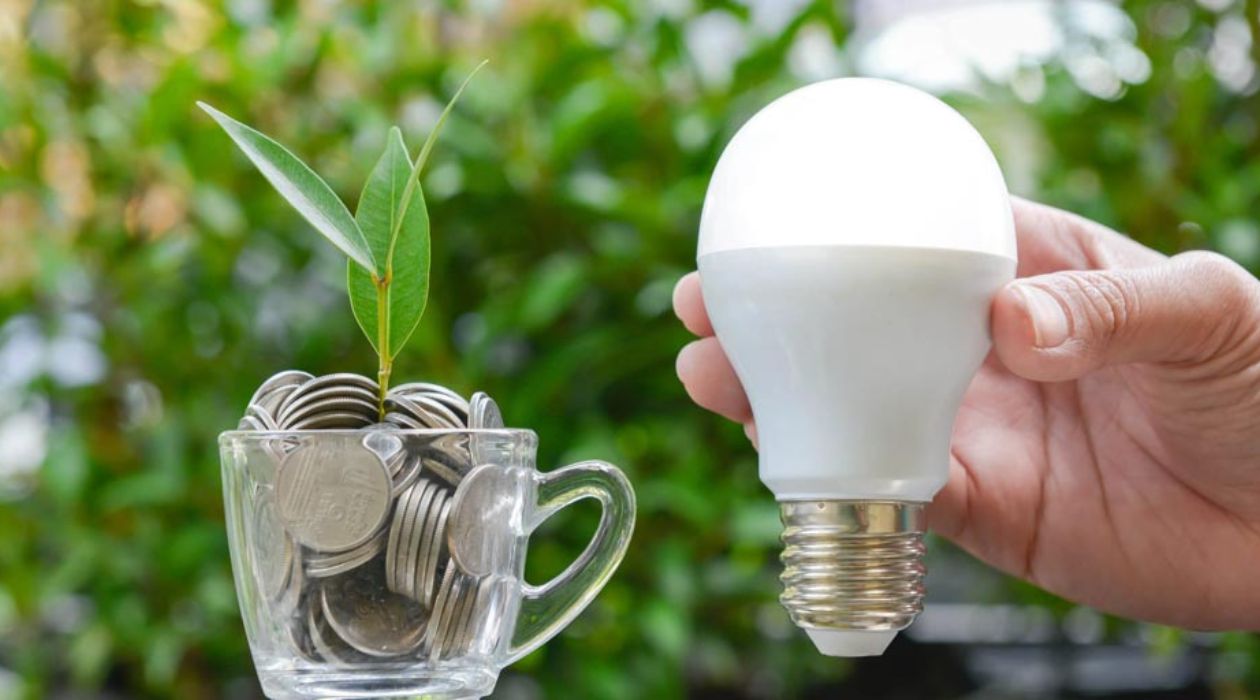
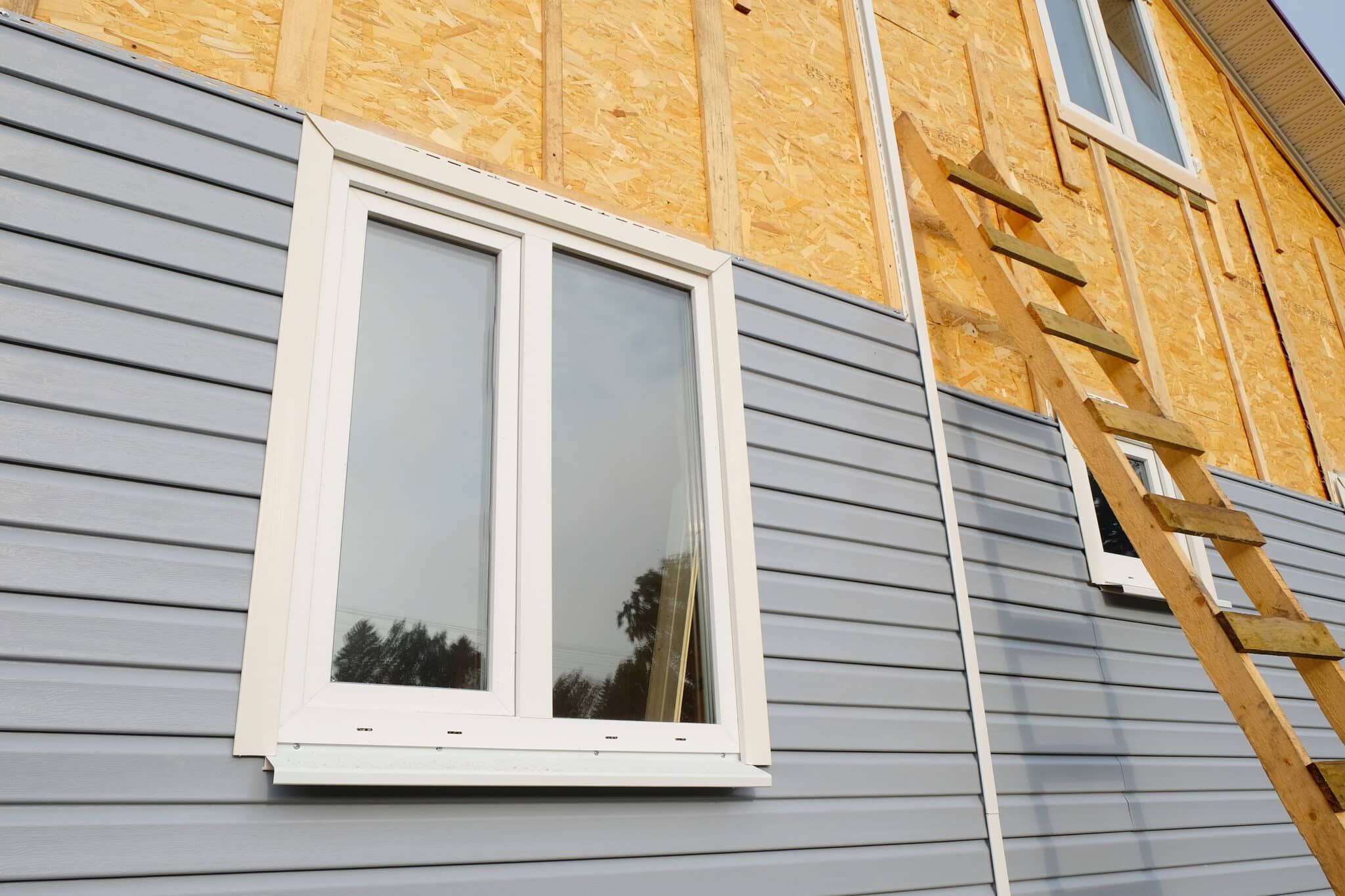
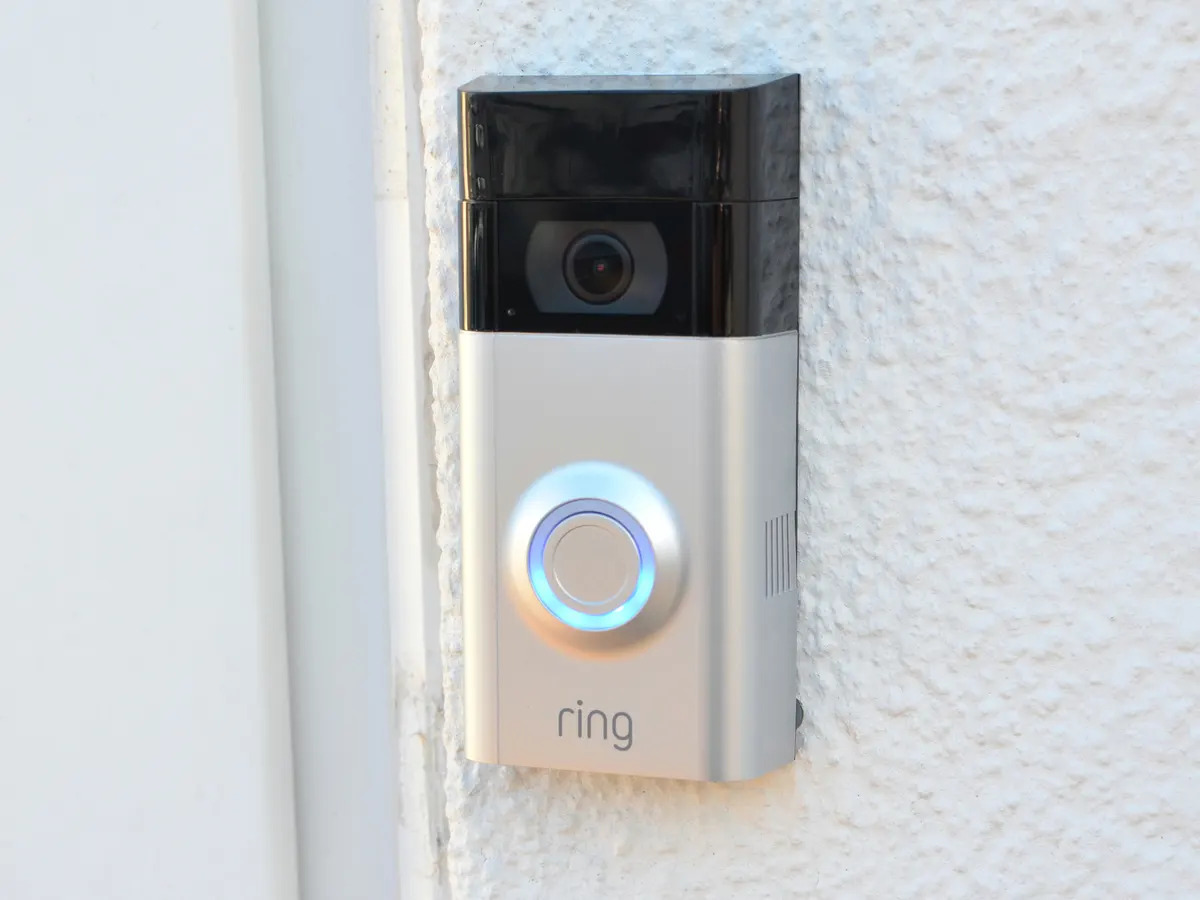
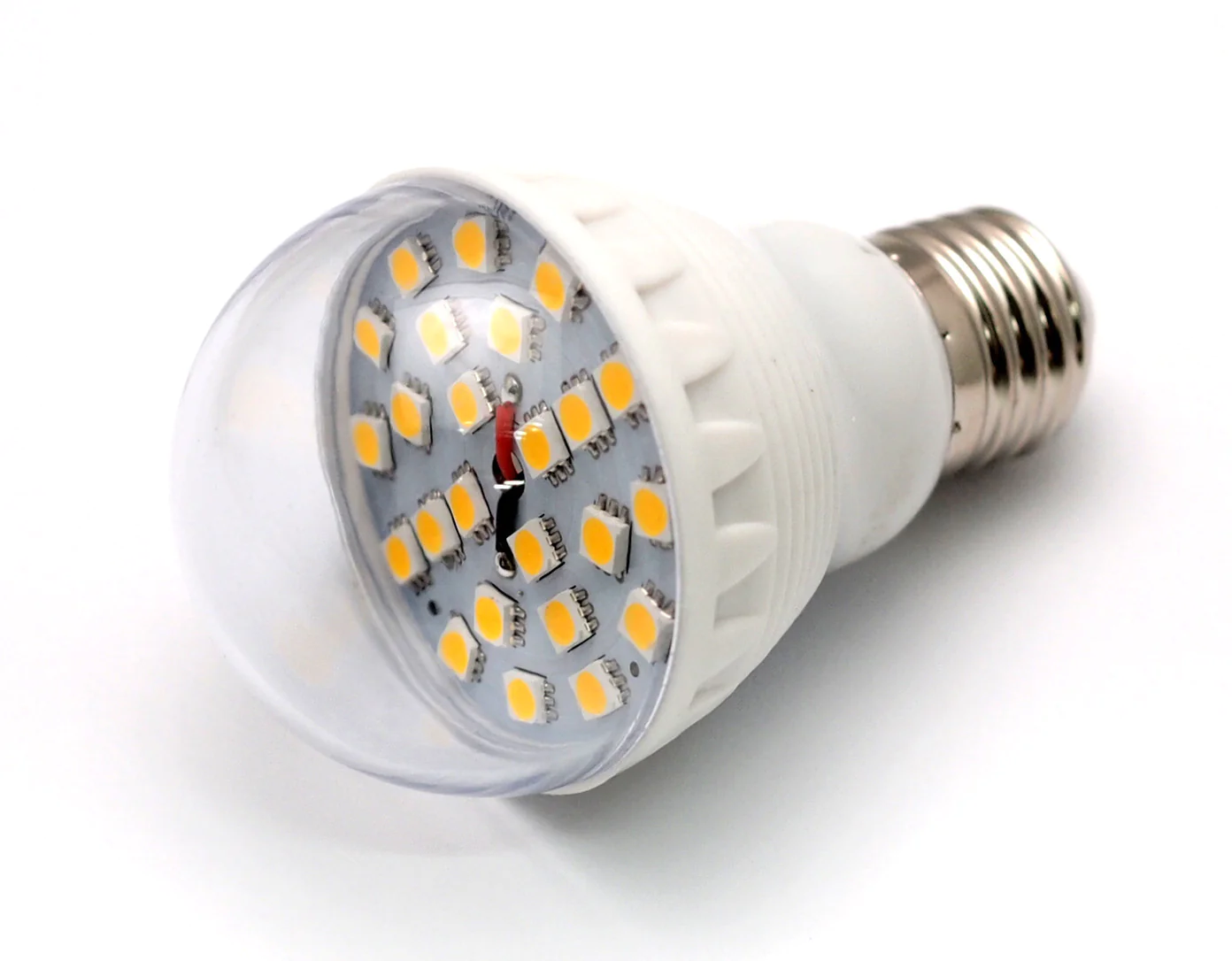

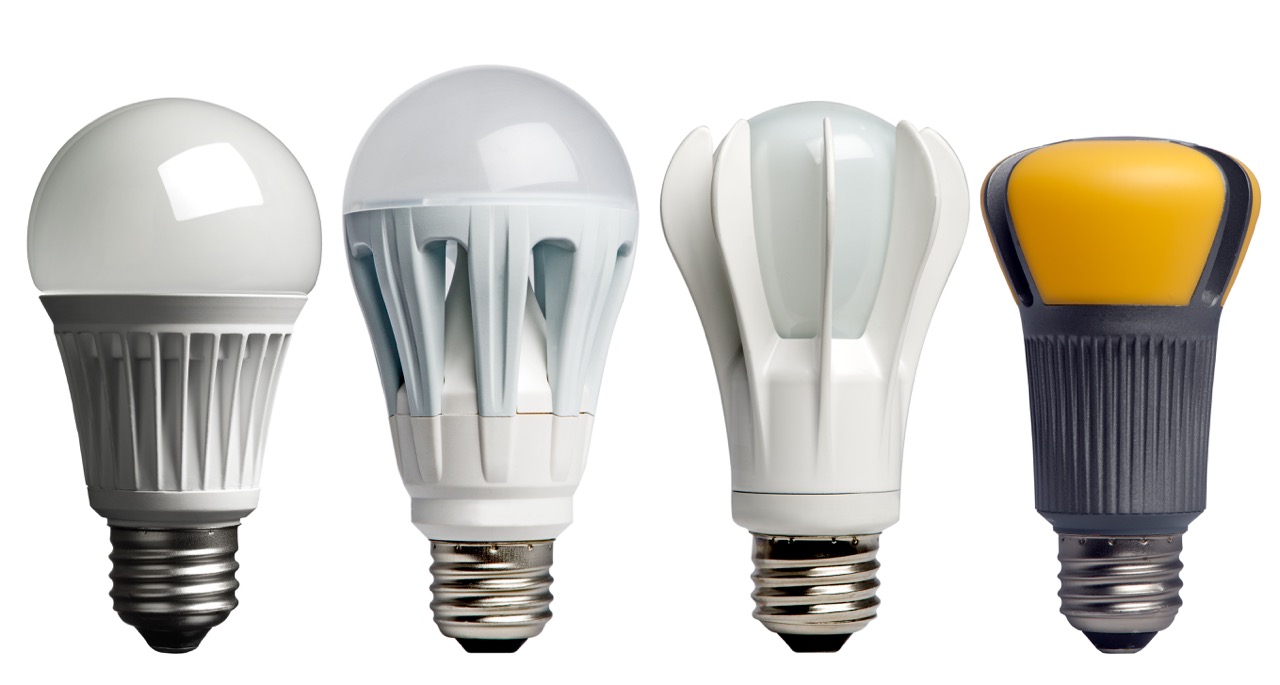

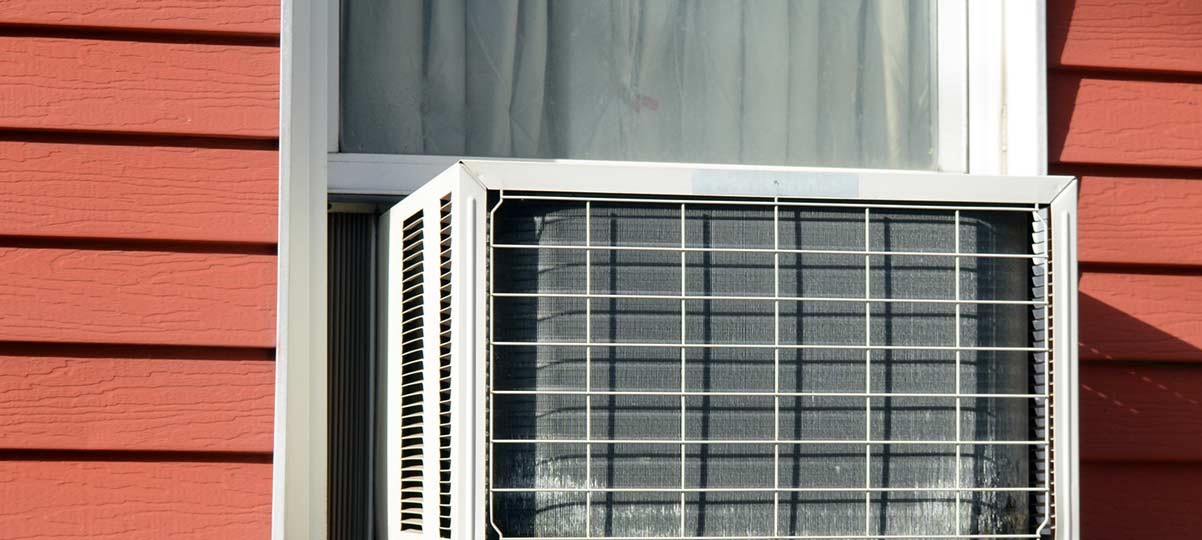

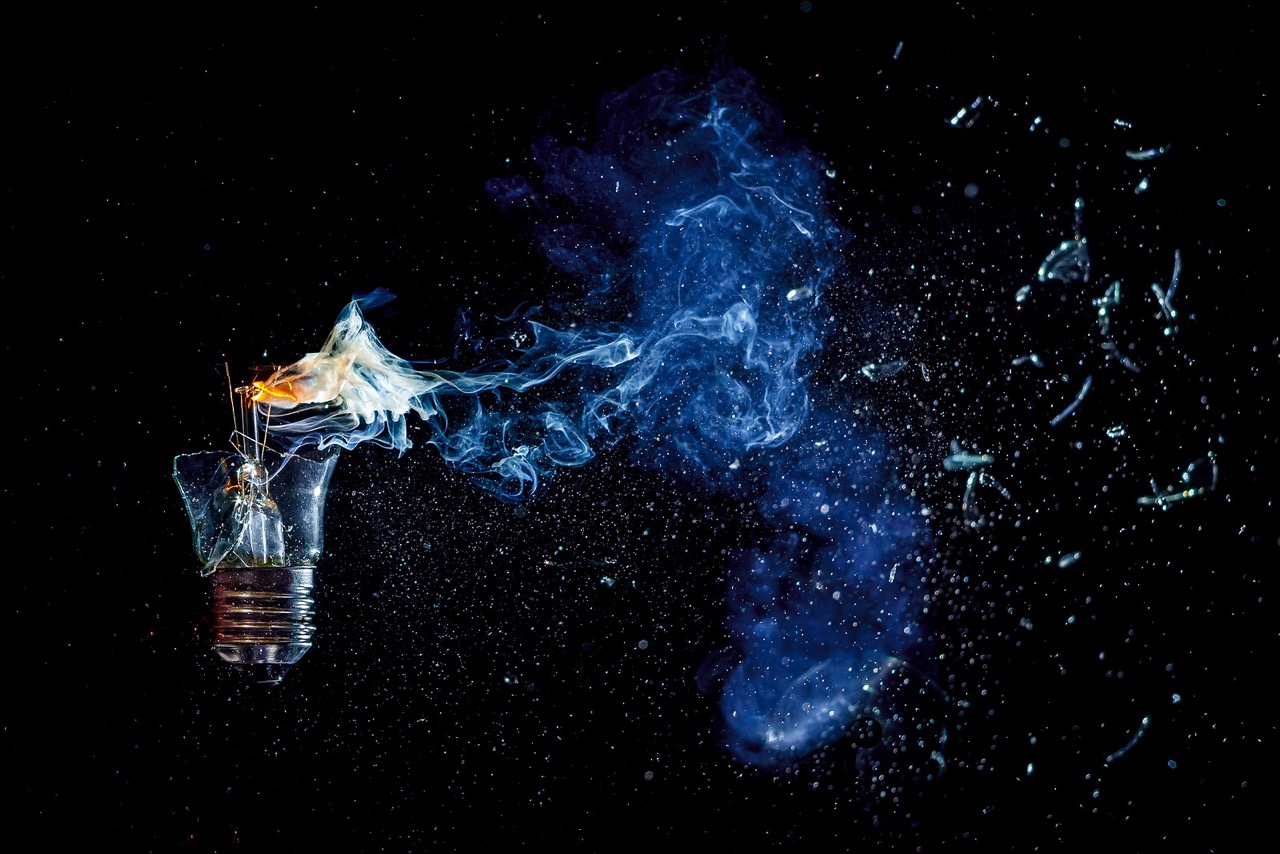
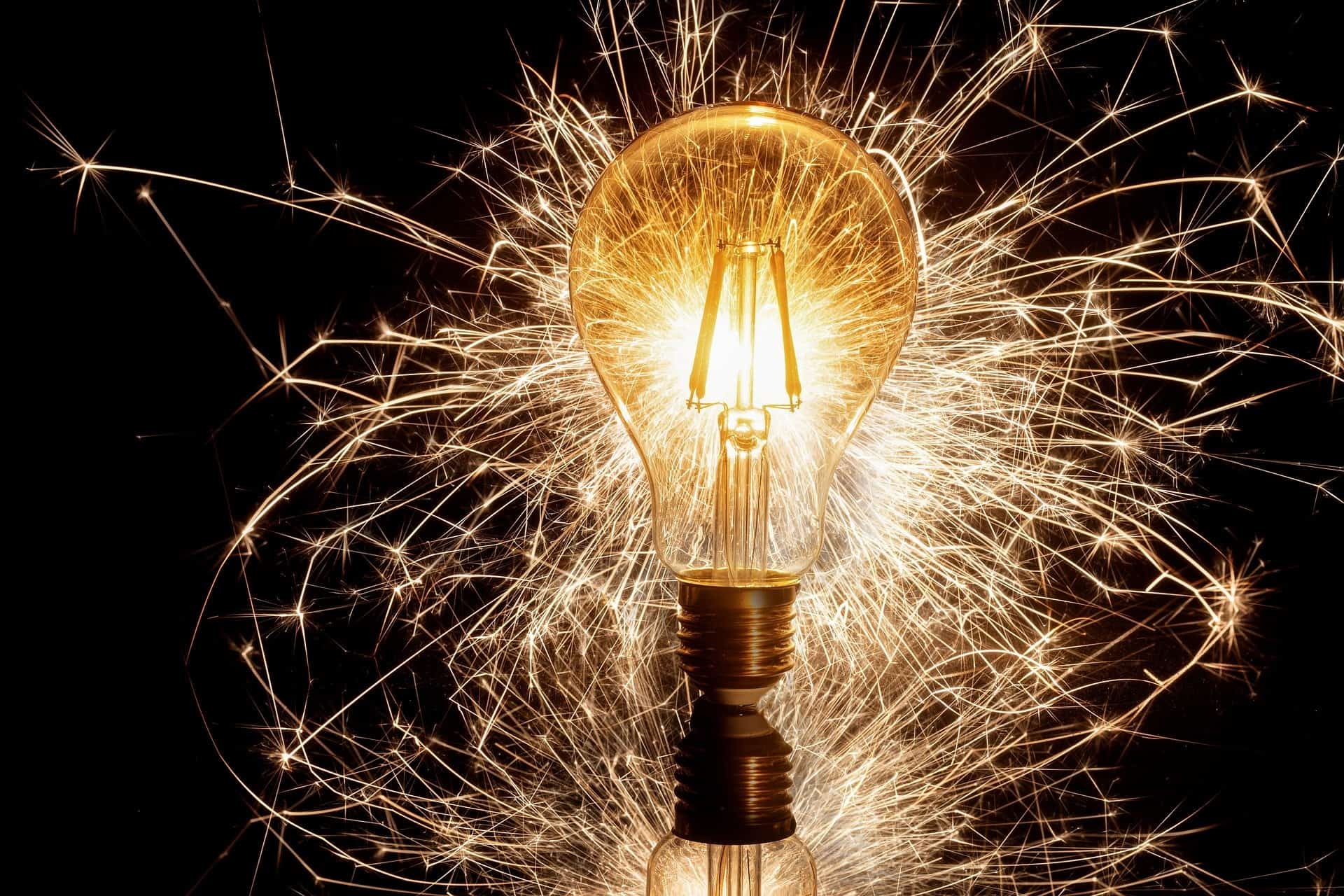
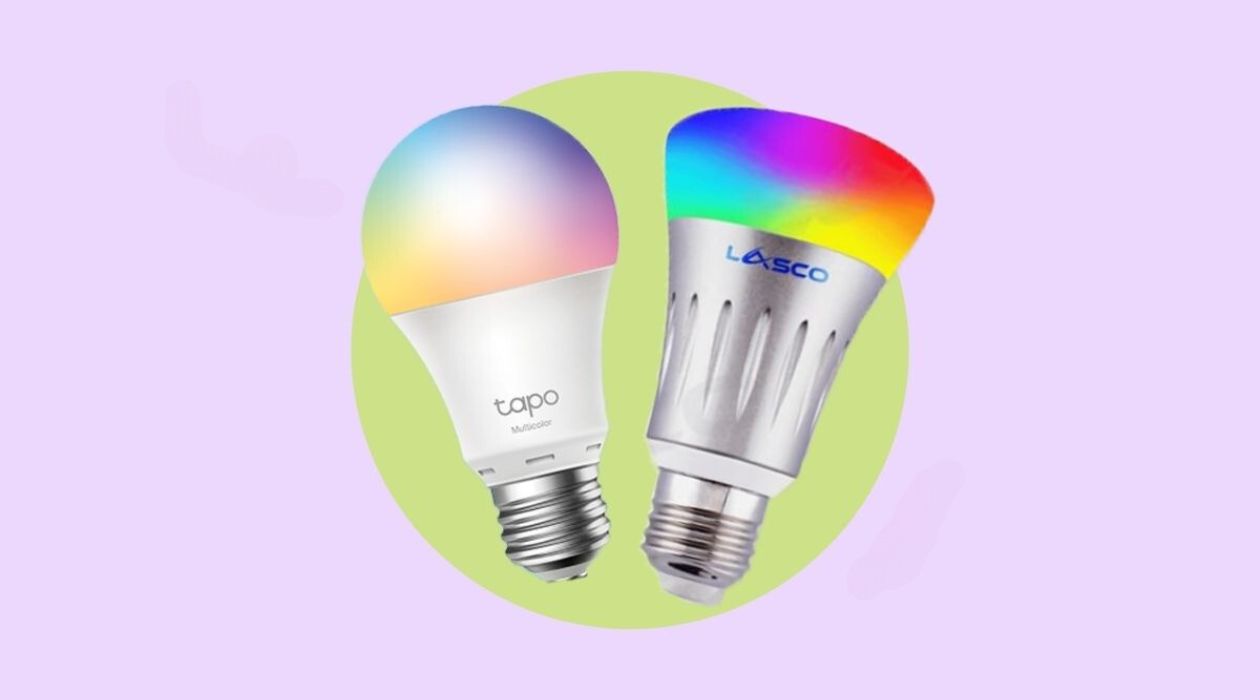
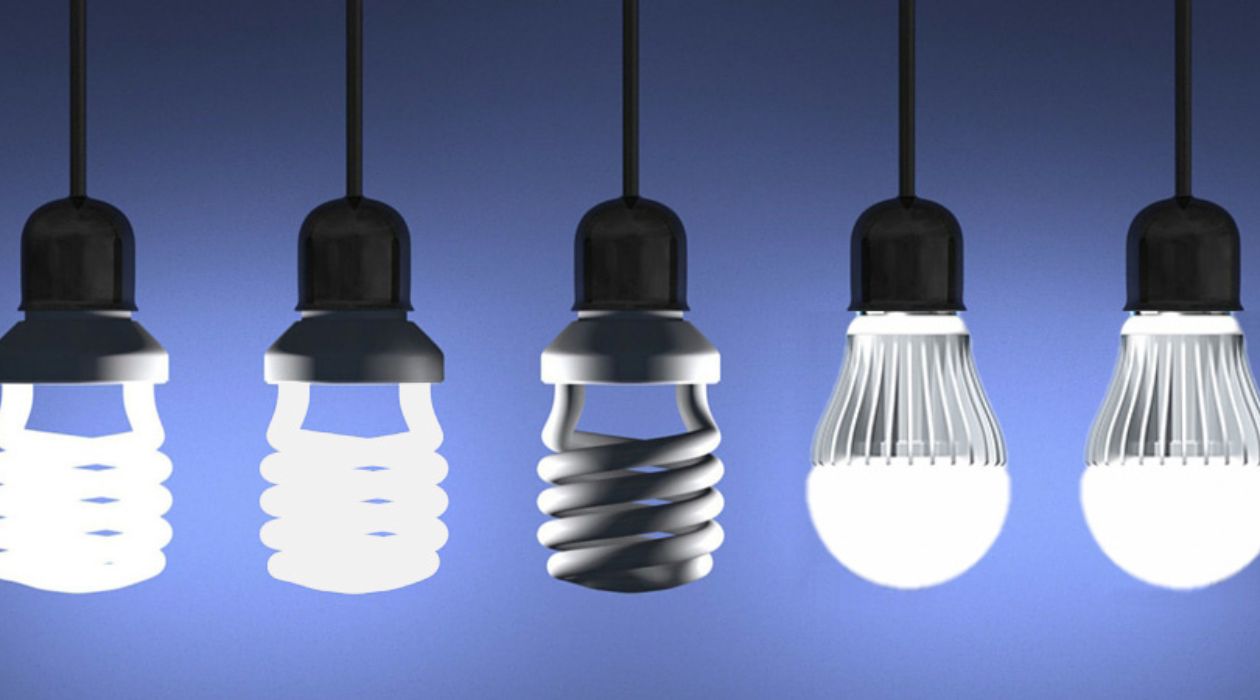

0 thoughts on “How Much Does An LED Bulb Cost Per Hour”